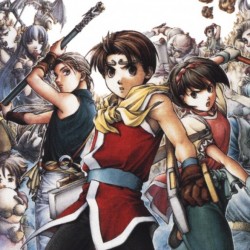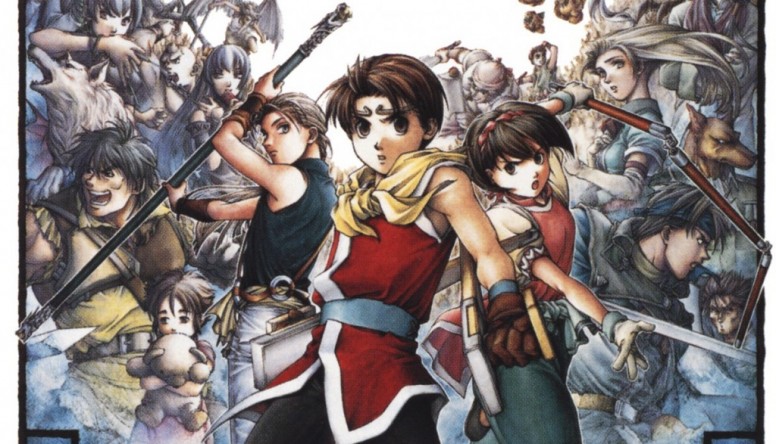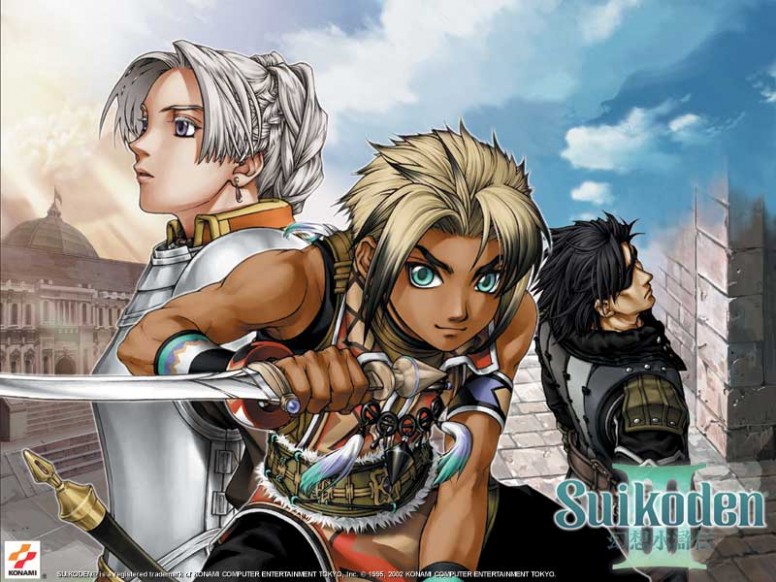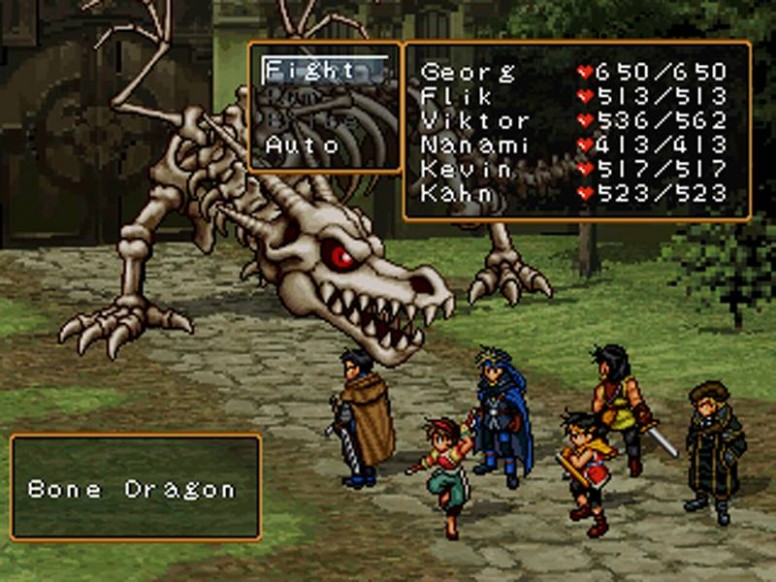Whatever Happened To: Suikoden?

My Fellow Gamers;
There seems to be a disturbing trend in the gaming landscape. Once prominent game series, recognizable and beloved characters, even entire franchises, seem to one day rise to prominence, and then mysteriously either fade into obscurity or cease to exist altogether. I think that we can all agree that some trends and series are cult-classic infused and fed, and that one bad turnout can mean all the difference between having a job one day and facing the unemployment line the next.
But there are too many franchises out there that have too deeply a rooted and established hold on the gaming sphere that their disappearances remains somewhat of a mystery. One or two can unfortunately happen. Franchise teams are reassigned all the time, and sometimes the team or teams that follow don’t always have a firm grasp on the core mechanics and lore of the franchise they’re taking over. And soon enough, a series that was once reaching 9’s and 10’s on the reviewing scale are suddenly flat-lining at 4’s and 5’s.
In this ongoing series, we’ll take a look at, oddly, more than a few video gaming franchises, ideas, and promised returns that have occurred over the last 20 or so years that have left an indelible mark on some of us, and then mysteriously disappeared from the market with little, or even no, explanation. And while some franchises have their beginnings in the early days of the home console market, you’d be surprised at how recent some franchises have ceased to exist.
The Declining Franchise Effect: Suikoden
Year of Inception: 1995
Developer: Konami
Creator: Yoshitaka Murayama
Last Seen on Consoles: 2006 – Suikoden V
Loosely based on the classic Chinese novel Shui Hu Zhuan (The Water Margin), the Suikoden series follows the exploits of the “108 Stars of Destiny” in a land rife with political intrigue, governmental corruption, revolution, and the mystical powers of the 27 True Runes. These runes are, for better or worse, powerful sources of all magic and primal forces in the world of Suikoden. Entire nations have risen, and fallen, by the will of these sentient sygils of power. Those who possess a True Rune are not only granted their power, but are given immortality so long as they, or the rune itself, chooses to remain together.
Wars have been waged for, and even by, the power that a True Rune promises. And in the land of Suikoden, there are many countries, empires, and city-states that vie for that power. Over the course of the original trilogy, the once powerful Scarlet Moon Empire is replaced by The Toran Republic (Suikoden), which in turn begins the Dunan Unification War (Suikoden II) with the fall of the Highland Kingdom occurring shortly after, and eventually ties in to the conflict in the Grasslands region of the country (Suikoden III) governed by the six Grassland Clans of Lizard, Duck, Karaya, Chisha, Safir, and Alma Clans. All of these nations, all of these kingdoms, have been defeated, and given life, by the power that these True Runes represent.
What was unique to the original trilogy was the ability to carry over various aspects of previous playthroughs. Certain characters would make cameo appearances (or not) depending on the player’s previous exploits in the previous games. Some were actually playable “secret” characters such as the first game’s protagonist (known by default as Tir McDohl) who was recruitable for Suikoden II. While others, who were a part of the game’s Stars of Destiny roster, began the game with upgraded levels and skills.
All of this predates, to a lesser extent, something many of you might be familiar with; the carry over effect that occurred in games like the Mass Effect series. It was an inspiring game choice that I had hoped to see more of as the series progressed. But, after the original trilogy, the series faced a sharp, drastic decline in popularity.
During the course of Suikoden III’s development, original writer Yoshitaka Murayama decided to leave Konami for other ventures. And while the series continued on without his guidance (notably: Suikoden IV, Suikoden V, Suikoden Tactics, Genso Suikoden I & II, Suikoden Tierkreis, Genso Suikoden Pachisuro, and Genso Suikoden Tsumugareshi Hyakunen no Toki), none of these titles fared well critically or financially.
Where is it now: In not-too-recent interviews, Konami has explained that the original Suikoden team has been scattered throughout various other teams in the Konami developmental roster. And while there may yet be a story or two left to tell in the Suikoden universe, the dream that Konami may one day venture back into a series remains just that; a dream. Despite the slow growth and critical stature of the original trilogy, the game has unfortunately faced the one chapter that comes with all fantasies:
The End.
Probability of Revival: -99.000923%









![[PROTOTYPE]](http://www.enthusiacs.com/wp-content/uploads/2020/03/title-104x104.jpg)

Leave a Reply